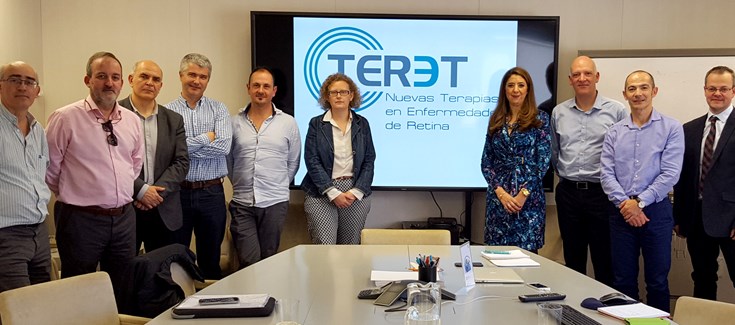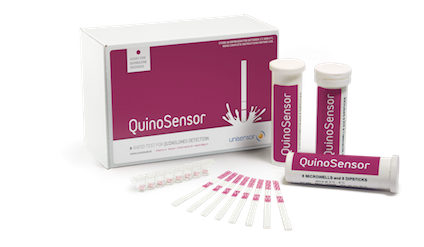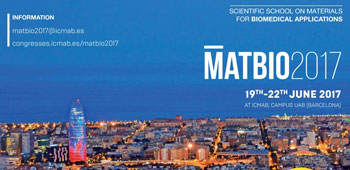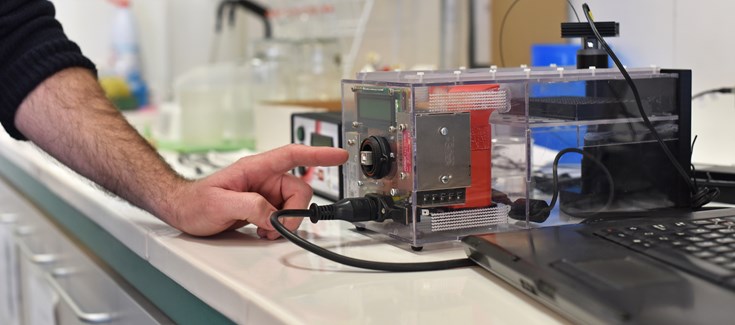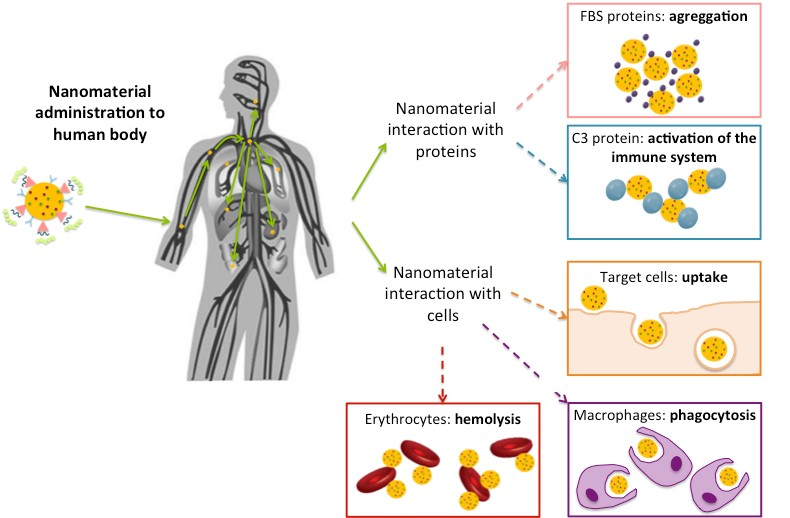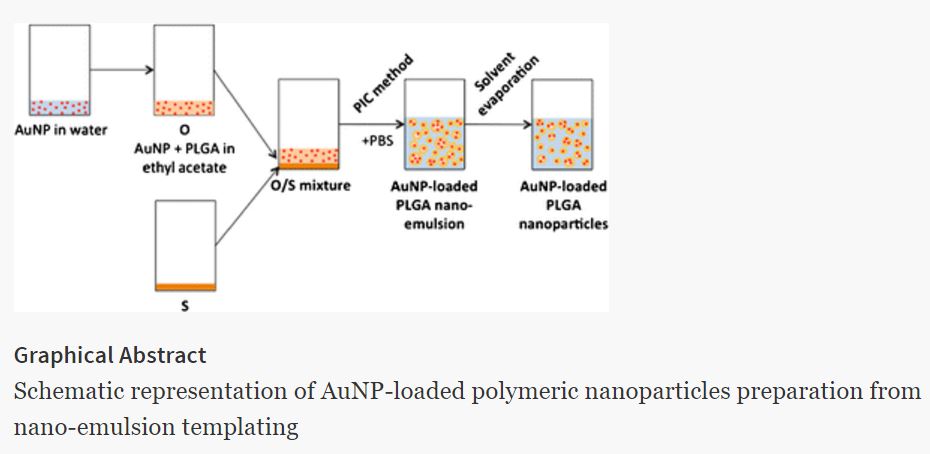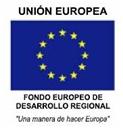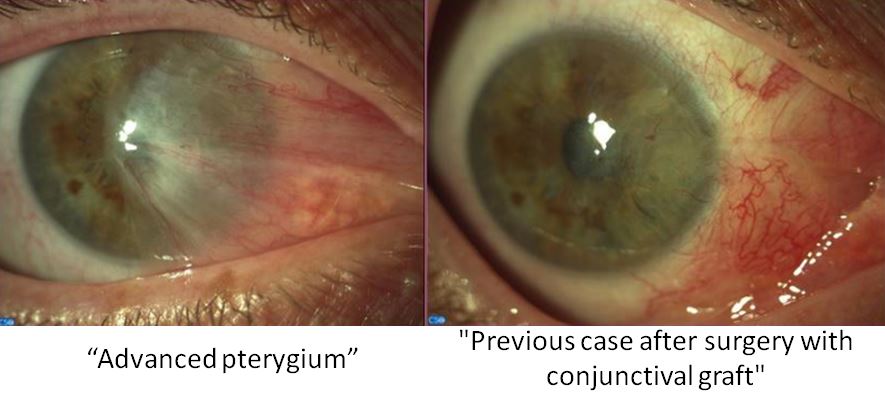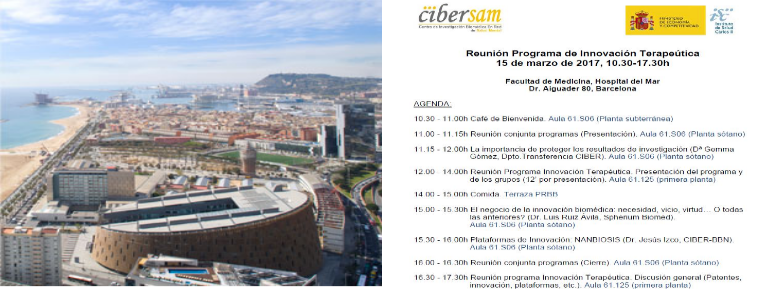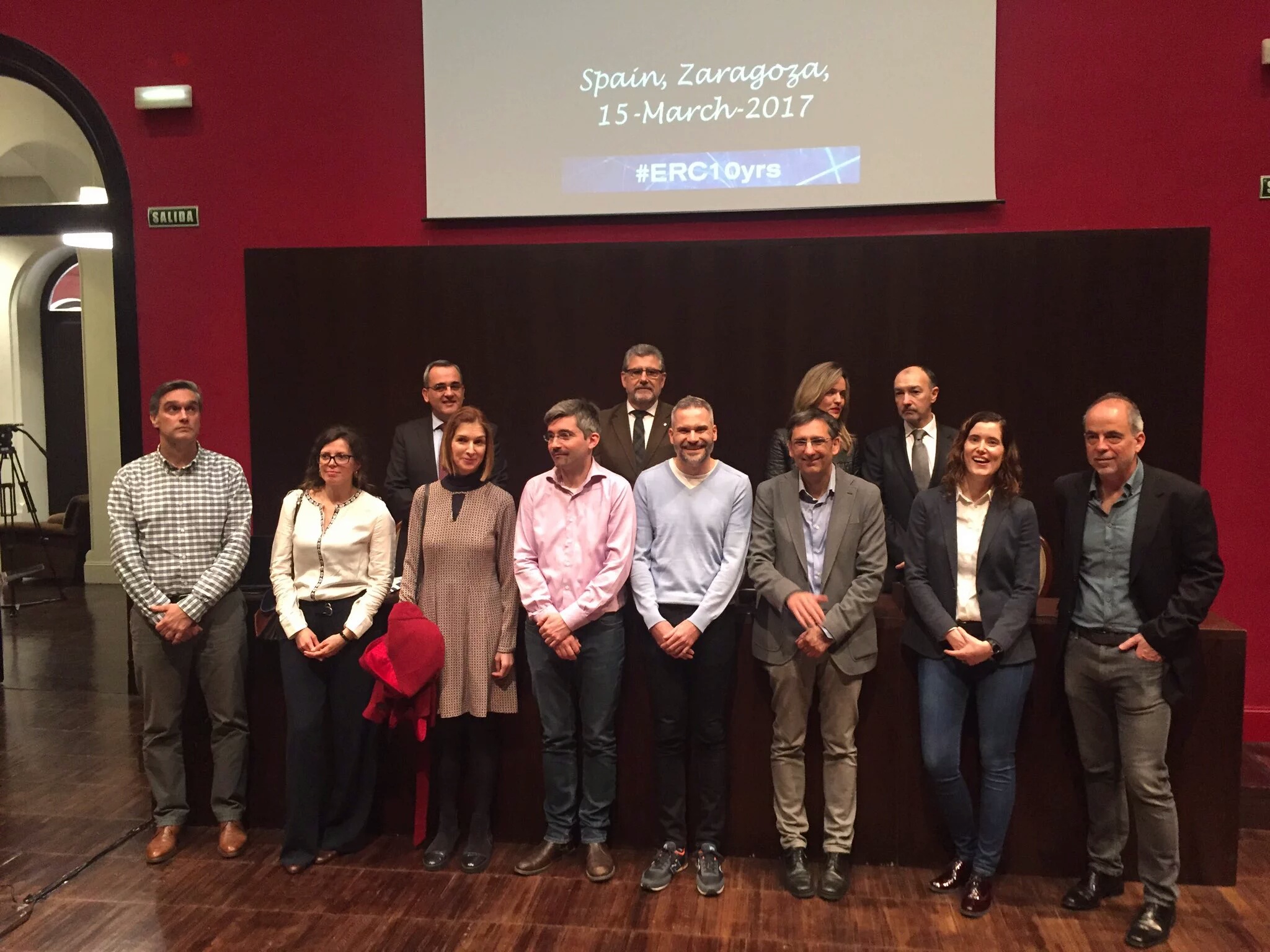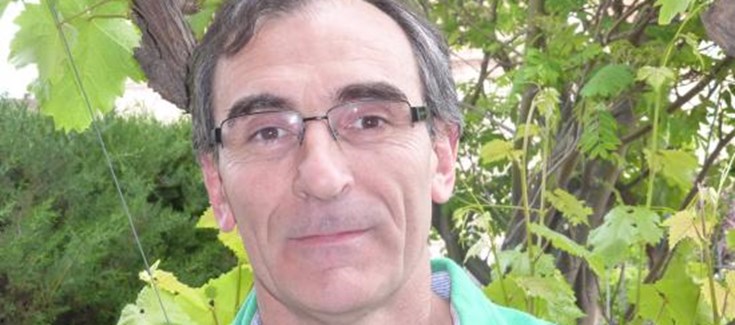New treatments for degenerative diseases of the retina
The final meeting of the TERET project took place last March, an initiative within the RETOS public-private collaboration initiative of the Ministry of Economy, Industry and Competitiveness funded with almost € 1 million. The project has been carried out over the past three years to develop new treatments for degenerative diseases of the retina, focusing specifically on age-related macular degeneration (AMD), diabetic retinopathy ( RD) and retinitis pigmentosa.
Unit 10 of ICTS NANBIOSIS has participated in carrying out the pharmaceutical formulation of the active principles, including the synthesis, chemical physical characterization and stability of the formulations over time, evaluation of the silencing capacity and viability of the formulations used in cellulare crops, together with the CIBER-BBN groups led by José Luis Pedraz (University of the Basque Country), Ramon Eritja (IQAC-CSIC) and Eduardo Fernández (U. Miguel Hernández de Elche) and the biotechnology companies Sylentis , LeadArtis and Leitat.
Gene silencing solutions have been used as a basis for this project through the use of interfering RNA (siRNA) nd multivalent antibodies in Trimerbody format.
